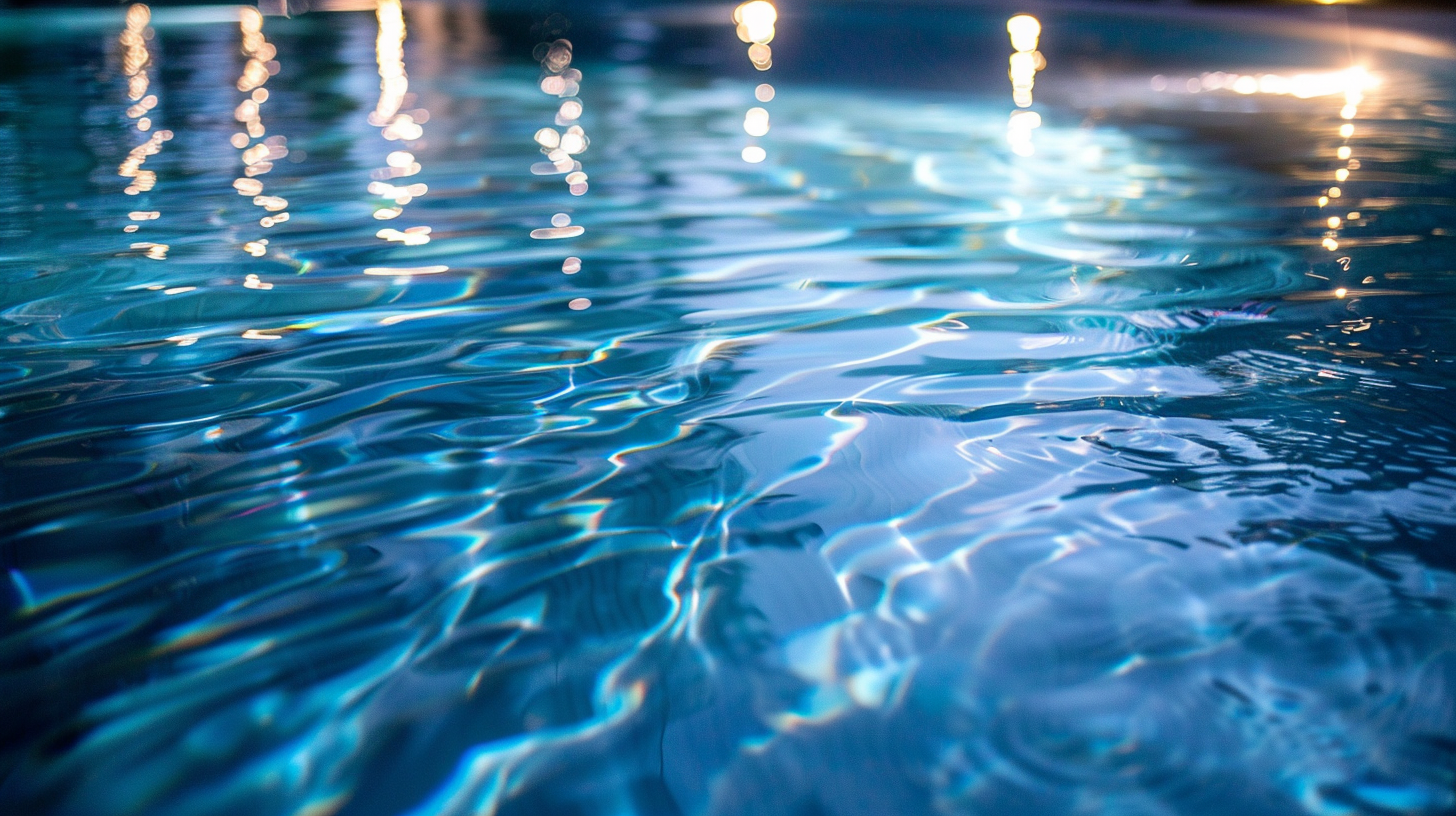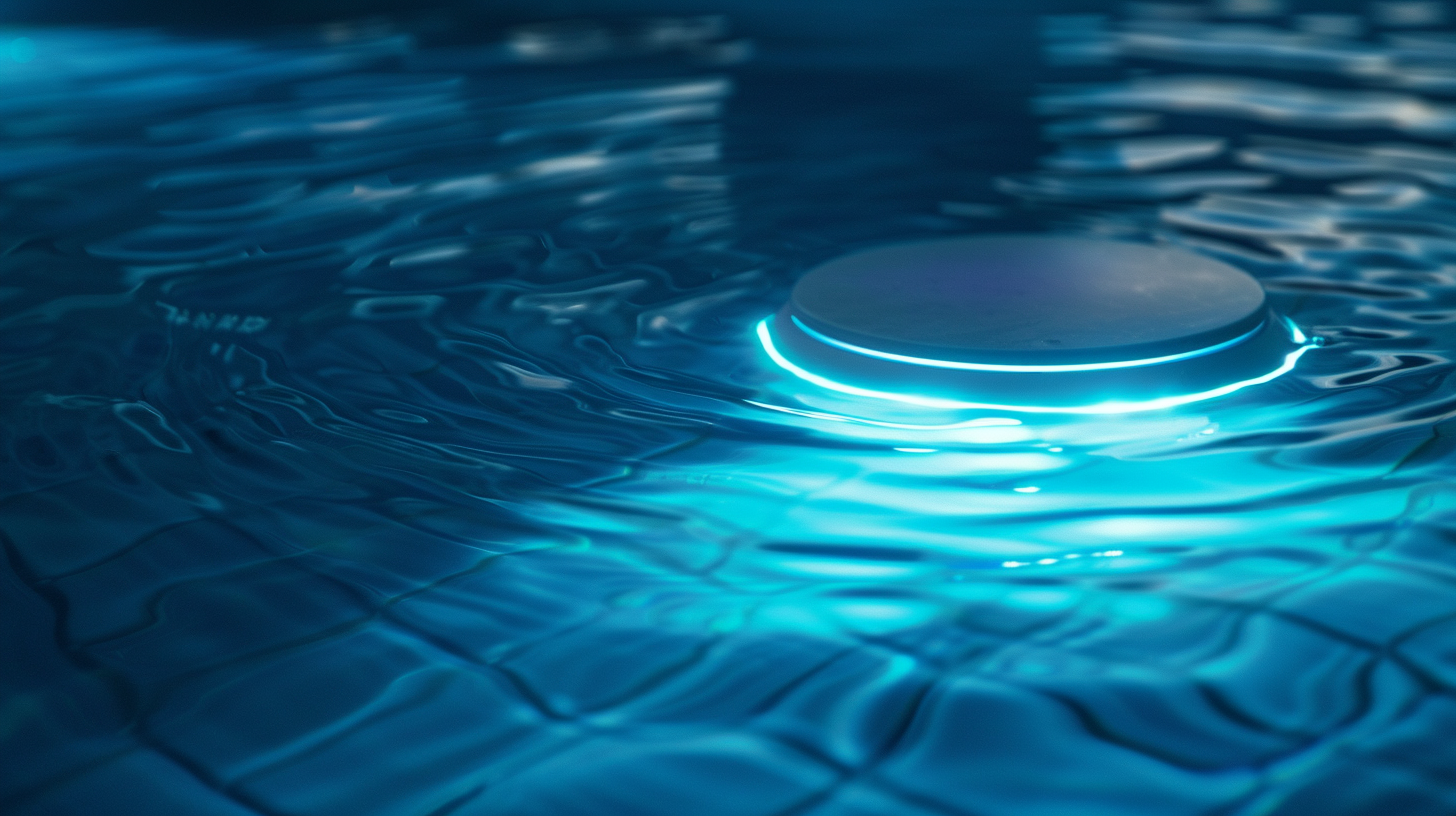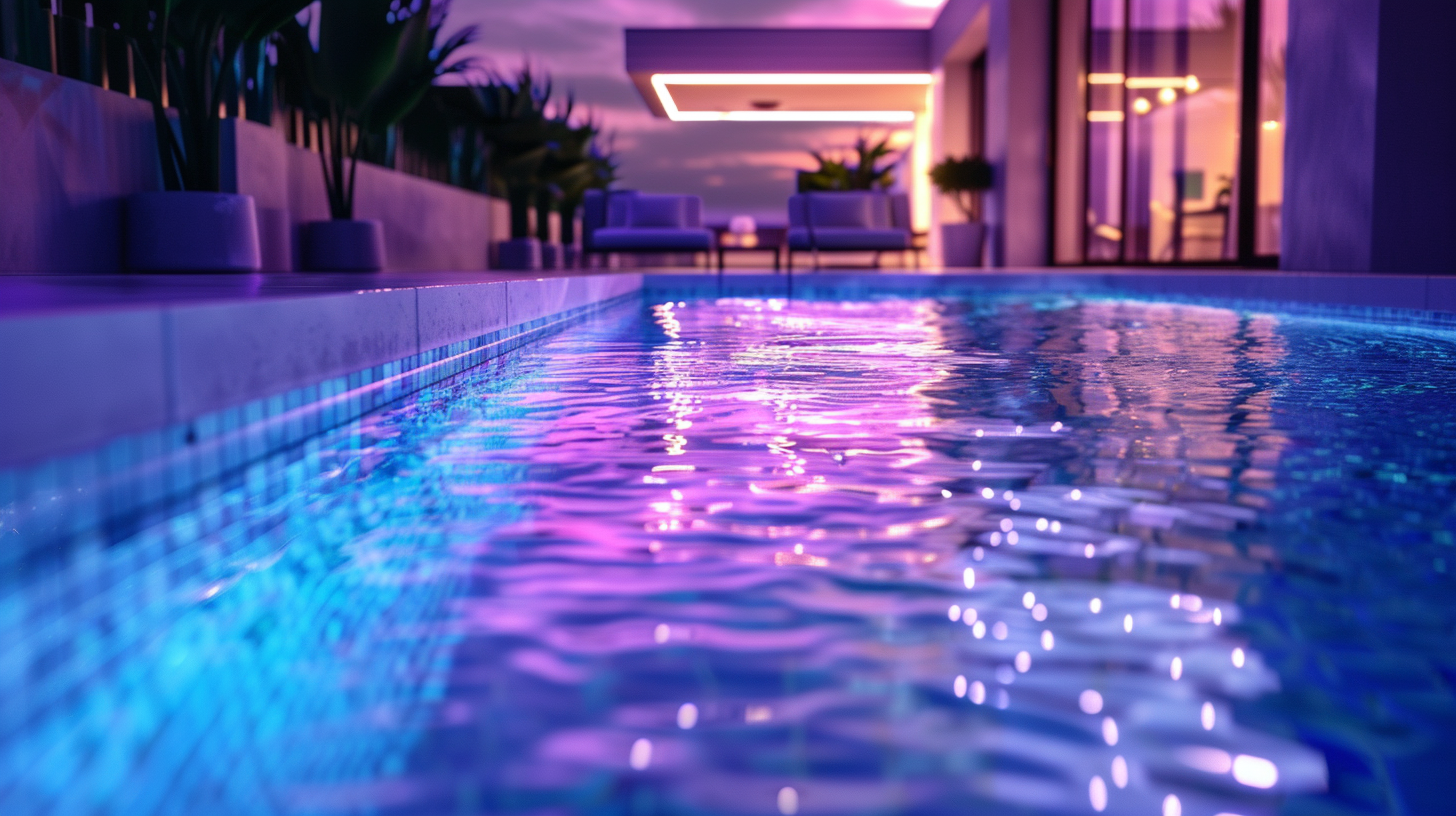Choosing the right wattage for underwater pool lights
When it comes to choosing the right wattage for your underwater pool lights, it’s essential to understand what wattage actually represents. Wattage measures the amount of electrical power a light consumes, but it’s more than just a number. Higher wattage typically means a brighter light, which can be crucial for illuminating the depths of your pool during those late-night swims or pool parties. Keep in mind, however, that brighter isn’t always better. The ideal wattage depends on various factors including the size and depth of your pool, the ambiance you wish to create, and even the color of the pool’s lining, which can affect how light is dispersed. Whether you opt for a lower wattage for a more intimate atmosphere or a higher wattage for maximum visibility, understanding these requirements will help you make a more informed decision for your pool lighting setup.
Factors influencing wattage selection
When selecting the ideal wattage for your underwater pool lights, several key factors come into play. First and foremost, the size of your pool is significant. Larger pools generally require higher wattage to ensure even illumination throughout. If your pool is on the smaller side, you might achieve the desired brightness with a lower wattage, which could save you on energy costs too.
Depth is another crucial factor. Deeper pools need stronger lights to penetrate all the way to the bottom. A light that works well at a shallow depth might not be effective in a deeper pool, resulting in dark spots that can detract from your swimming experience.
The type of atmosphere you want to create can also guide your wattage choice. Looking to host lively evening pool parties? Higher wattage lights can turn your pool into a vibrant, well-lit centerpiece for social gatherings. On the other hand, if you prefer a serene evening swim, lower wattage lights can create a calming, intimate ambiance.
Additionally, the color of your pool’s lining isn’t something to overlook. Darker linings absorb more light, potentially necessitating higher wattage to achieve effective illumination. Conversely, lighter-colored linings reflect more light, which can help lower wattage lights feel brighter and more effective.
Lastly, think about the positioning and number of lights you plan to install. Strategic placement can often compensate for lower wattage, making your pool appear brighter and more evenly lit. Multiple lights spread out across the pool area can create cohesive, thorough illumination even with lower individual wattages.
All these factors intertwine and influence the wattage you should choose. By taking a holistic approach, you can ensure your pool lights meet both your visual and functional needs, creating the perfect swimming environment day or night.
Comparing LED and halogen options
When you’re choosing between LED and halogen options for your underwater pool lights, it’s important to weigh the characteristics and benefits of each type. LED lights, short for Light Emitting Diodes, have become increasingly popular due to their energy efficiency and long lifespan. These lights consume less wattage while still providing bright and consistent illumination, making them an excellent choice for those who are conscious about energy consumption and long-term savings. One of the standout features of LEDs is their ability to produce a wide spectrum of colors without needing additional lenses or filters. This versatility allows you to easily switch up the ambiance of your pool, whether you want a calming blue for a relaxing swim or a vibrant red for a lively pool party.
On the other hand, halogen lights, which are a type of incandescent lighting, have been a staple in underwater pool lighting for many years. They are known for their ability to emit a warm, natural light that some people prefer for its similarity to sunlight. While halogen lights generally have a lower upfront cost compared to LEDs, they consume more wattage and have a shorter lifespan. This means that although they might be less expensive initially, they can end up costing more over time due to higher energy bills and the need for more frequent replacements.
Another factor to consider is heat output. Halogen lights tend to generate more heat, which can be an issue in some situations, although this is typically managed within the pool setting. LEDs, in contrast, run much cooler, which makes them safer to handle and also reduces the strain on your pool’s electrical system. This cooler operation also means there’s less risk of damaging the fixtures or surrounding pool material over time.
Maintenance is also a point where LEDs often come out on top. Because they last significantly longer, LED pool lights require less frequent changing, which can be a major convenience especially if the light fixtures are not easily accessible. Additionally, LEDs are more resistant to vibrations and impacts, adding another layer of durability in an environment where accidental bumps can occur.
When making your decision, consider how each option fits into your broader goals for pool lighting. If energy savings, long-term durability, and flexibility in lighting colors are priorities for you, LEDs are likely the better choice. However, if you prefer a warmer light and are looking for a lower initial investment, halogen lights might better suit your needs. Understanding these differences will help you make an informed choice that enhances your swimming experience while meeting your practical requirements.
Safety considerations for underwater lighting
When installing underwater pool lights, it’s imperative to pay close attention to safety considerations. The interaction of electricity and water calls for stringent safety measures to protect both swimmers and the pool’s infrastructure. One of the foremost aspects to consider is the voltage level of your pool’s lighting system. Low-voltage lights, typically 12V, are often recommended for underwater use as they pose a lower risk of electrical shock compared to higher voltage systems. Ensure that any electrical components are properly grounded and bonded to prevent electrical hazards.
Another critical safety measure is installing Ground Fault Circuit Interrupters (GFCIs). GFCIs are designed to cut off the electrical circuit if they detect any imbalance in the flow of electricity, providing an added layer of safety by minimizing the risk of electric shocks. Make sure all underwater pool light installations comply with the National Electrical Code (NEC) and local building codes, which offer detailed guidelines on safe electrical practices.
Regular maintenance and inspection of your underwater pool lights are also crucial. Over time, the seals and gaskets that keep water out of the electrical components can degrade, leading to potential leaks that compromise safety. It’s advisable to perform routine checks to ensure that all fittings, seals, and electrical connections remain watertight and in good condition. Look for any signs of wear and tear, such as corrosion or cracks in the light fixtures, and address these issues immediately to prevent any safety hazards.
Proper installation by a certified professional is another key element of safe underwater pool lighting. A qualified electrician or pool specialist will have the expertise to ensure that all components are correctly installed, grounded, and adequately protected against water ingress. This professional touch can make a significant difference in the long-term safety and functionality of your pool’s lighting system.
In addition to electrical safety, thermal considerations should not be overlooked. Certain types of underwater lights, particularly halogen bulbs, can generate substantial heat. While these lights are designed to be water-cooled, improper installation or selecting the wrong wattage can lead to overheating, potentially damaging the pool liner or causing the light fixture to fail. LEDs, with their lower heat output, offer a safer alternative in this context, especially for pools with vinyl or fiberglass linings that are more sensitive to heat.
Lastly, always ensure the compatibility of your pool light system with the pool’s design and material. Different types of pools may have varying requirements for electrical insulation and fixture types. For example, concrete pools can generally accommodate more robust lighting fixtures compared to vinyl-lined pools. Understanding these material-specific requirements and choosing appropriate wattage and light types can further enhance safety while providing the desired illumination.
By considering these safety aspects, you not only protect swimmers and ensure the longevity of your pool lights but also contribute to a safer and more enjoyable swimming environment. Proper voltage selection, routine maintenance, professional installation, and informed wattage choices all come together to create a well-lit, safe underwater environment for your pool.
Tips for energy efficiency
Over the years, energy efficiency has become a paramount concern for homeowners, especially those with swimming pools. Choosing the right wattage for your underwater pool lights can significantly impact your energy usage and, consequently, your utility bills. To start with, if you haven’t made the switch to LED lighting yet, now might be the perfect time. Compared to halogen lights, LEDs use a fraction of the wattage while providing the same, if not better, levels of brightness. This means you can maintain a well-lit pool area without running up your energy costs. Plus, LEDs have a much longer lifespan, meaning less frequent replacements and more savings in the long run.
Another effective strategy is to use timers and smart lighting controls. These gadgets allow you to automate your pool lights, ensuring they’re only on when needed. For example, you can set the lights to turn on at dusk and off at a specific time later in the evening. This ensures you’re not wasting electricity by accidentally leaving the lights on all night. Advanced systems even offer dimming options, allowing you to adjust the brightness based on the occasion. A dimly lit pool for a romantic evening swim can use significantly less energy compared to a brightly lit pool during a party.
Furthermore, consider installing motion sensors around your pool area. With these sensors, the pool lights will activate only when movement is detected, preventing unnecessary energy consumption. This is particularly useful for pools that are infrequently used or for owners who forget to manually switch lights off.
Reflective pool linings and strategic light placement are also key players in boosting energy efficiency. Lighter-colored linings can enhance the effectiveness of lower wattage lights by reflecting more light, thereby reducing the need for higher wattage bulbs. Similarly, the strategic placement of pool lights can help distribute illumination more evenly, permitting the use of fewer lights overall. For instance, corners and steps often need additional lighting for safety, but a well-placed light can cover these areas more effectively, cutting down on overall energy use.
Solar-powered pool lights are another eco-friendly option worth exploring. While solar lights may not be as powerful as their electrical counterparts, they can substantially reduce your energy consumption by harnessing the sun’s power. They are particularly effective for accent lighting around the pool area rather than underwater illumination but contribute significantly to overall energy savings.
Lastly, regular maintenance of your pool lighting system can also contribute to efficiency. Dirt and debris on light fixtures can dim illumination, compelling you to use higher wattage settings. Routine cleaning and checking for any mechanical issues ensure that your pool lights operate at optimal efficiency, providing better lighting with less power.
Incorporating these tips into your pool lighting strategy not only helps you cut down on energy usage but also promotes a more environmentally friendly lifestyle. From selecting energy-efficient LED lights to using smart controls and maintaining your system, each step contributes to creating a brilliantly lit and energy-conscious swimming environment. Thinking ahead and making informed choices about your pool lights will pay off in both immediate energy savings and long-term benefits.


